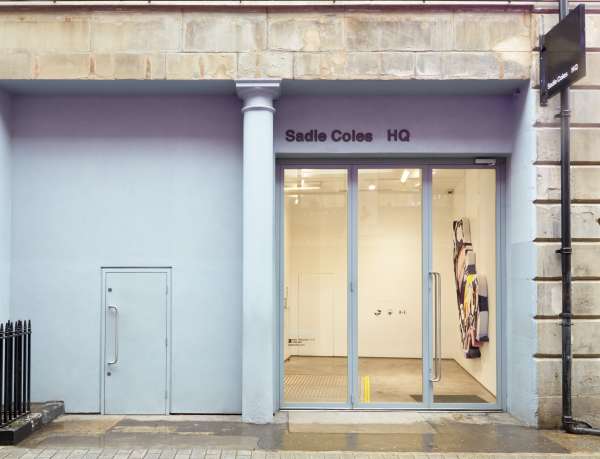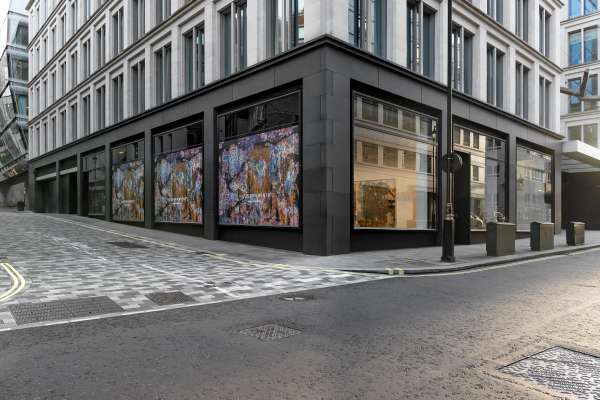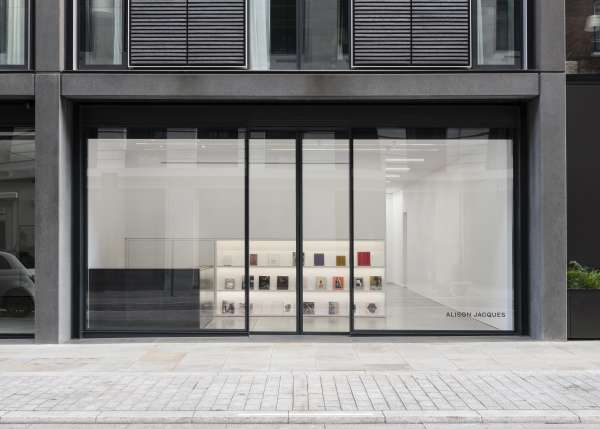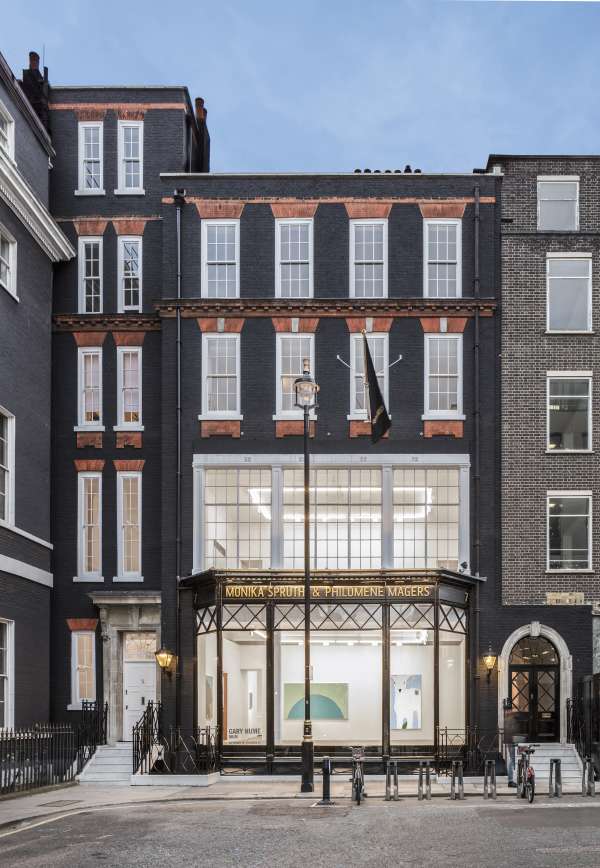Overview
-
-
 Let’s begin the day with a walk and a matcha latte with oat milk, so my first stop is the Japanese café, omotesando koffee. Coming from Switzerland I was inspired by Robert Walser (the great writer of The Walk), so walking is key. Although I recommend walking longer distances if you can, for the sake of practicality we will keep the walk short in Central London for London Gallery Weekend.
Let’s begin the day with a walk and a matcha latte with oat milk, so my first stop is the Japanese café, omotesando koffee. Coming from Switzerland I was inspired by Robert Walser (the great writer of The Walk), so walking is key. Although I recommend walking longer distances if you can, for the sake of practicality we will keep the walk short in Central London for London Gallery Weekend.Let’s begin the day with a walk and a matcha latte with oat milk, so my first stop is the Japanese café, omotesando koffee. Coming from Switzerland I was inspired by Robert Walser (the great writer of The Walk), so walking is key. Although I recommend walking longer distances if you can, for the sake of practicality we will keep the walk short in Central London for London Gallery Weekend.
I would then suggest stopping by Sadie Coles HQ on Kingly Street, to visit the amazing new Matthew Barney show which coincides with an exhibition presented in Paris at the Fondation Cartier pour l’art contemporain. It’s a return to London for the American artist. Serpentine staged the first major public exhibition in the UK of the work in 2007.
The second stop is Hauser & Wirth to visit the show of Harmony Korine. I’ve known him since the nineties and met him through agnès b. and Jonas Mekas, when he was my neighbour in Paris. AGGRESSIVE DR1FTER Part II is a show of paintings and film, drawing from the film ‘Aggro Dr1ft’ which premiered at the 2023 Venice International Film Biennale. Today more than 3 billion people play video games, making it one of the leading mediums of our time. Harmony Korine experiments with video games in his EDGLRD studio and ‘Aggro Dr1ft’ is the first real product out of this project. Working collaboratively with other tech pioneers, his video game studio functions like a new Warholian factory, though he also has a more traditional and quiet painting studio, oscillating between the two.
From there we continue to Goodman Gallery to see Atta Kwami’s first solo show with the gallery, featuring paintings with incredible vibrant colours and geometric patterns. Atta Kwami is an artist we have worked with at Serpentine, awarding him the Maria Lassnig Prize in 2021 through a jury (consisting of Melissa Blanchflower, Rebecca Lewin, Matthias Mühling, Albert Oehlen, Peter Pakesch and myself) and as part of the presentation he did the large scale painting, Dzidzɔ kple amenuveve (Joy and Grace), behind the Zaha Hadid building at Serpentine North. The mural is still on view so you can come and see it as an excursion on your walk, and pay a visit to both the Judy Chicago and Yinka Shonibare shows at Serpentine as well. We are also currently working on the first big catalogue of Atta Kwami’s work, so it’s exciting that you can now see the show at Goodman Gallery, featuring forty years of his painting and work as an art historian and curator in Ghana.
We then go to Alison Jacques to see Angel with a Gun, an homage to Guy Brett, who was one of the most important critics and curators of his generation in the UK. It is very moving that the photo for the press release shows Guy Brett in front of Lea Lublin’s Question on Art at the Serpentine in 1975. In 1996, when I was a curator in Paris I visited Guy Brett in his house when we worked on a show with David Medalla for the Musee de l’art Moderne. Brett was a great expert of Medalla so I paid him a visit and he wrote for the catalogue. He then showed me his amazing collection with Lygia Clark, Hélio Oiticica and Sergio de Camargo (who was his very close friend). Guy Brett played such an essential role in bringing Brazilian and Latin American artists into the international art scene.
The next gallery on my flânerie is Sprüth Magers to visit the John Baldessari show, Ahmedabad 1992. Baldessari was a close friend of mine and the show Ahmedabad 1992 focuses on the work he made during his time in India. Ahmedabad is a significant city, as it is where the late Pritzker Prize winning architect Balkrishna Doshi came from, as well as where the Sarabhai family live. The Sarabhai family are Indian industrialists and patrons of the arts, and many artists and designers were brought together through the Sarabhai residency, including Lynda Benglis and Robert Rauschenberg, who did his famous ROCI project in the seventies in the villa that was built by Le Corbusier. I recommend stopping into the Sprueth Magers show as it features rarely exhibited works created by Baldessari during his time in India.
It’s really fascinating that at the same time as the Baldessari show there is also the ROCI project of Robert Rauschenberg showing at Thaddaeus Ropac. I had the great opportunity to meet Rauschenberg around 20 years ago in Miami. His idea that art can be a catalyst for social change and create a global dialogue was something he believed with his Rauschenberg Overseas Culture Interchange (ROCI), which was also the name of his turtle. It’s a Glissantian idea, because he wanted to embrace the possibility of art to foster a global dialogue without annihilating local differences; one where we could learn from different places and from the exchange with others to make identity richer and more complex. Rauschenberg travelled around the world bringing his experimentation and triggering a dialogue over 5 years. It’s incredible that this important period of Rauschenberg, which hasn’t been seen enough, is celebrated in the exhibition at the gallery. Certainly, a highlight of the Spring programme.







